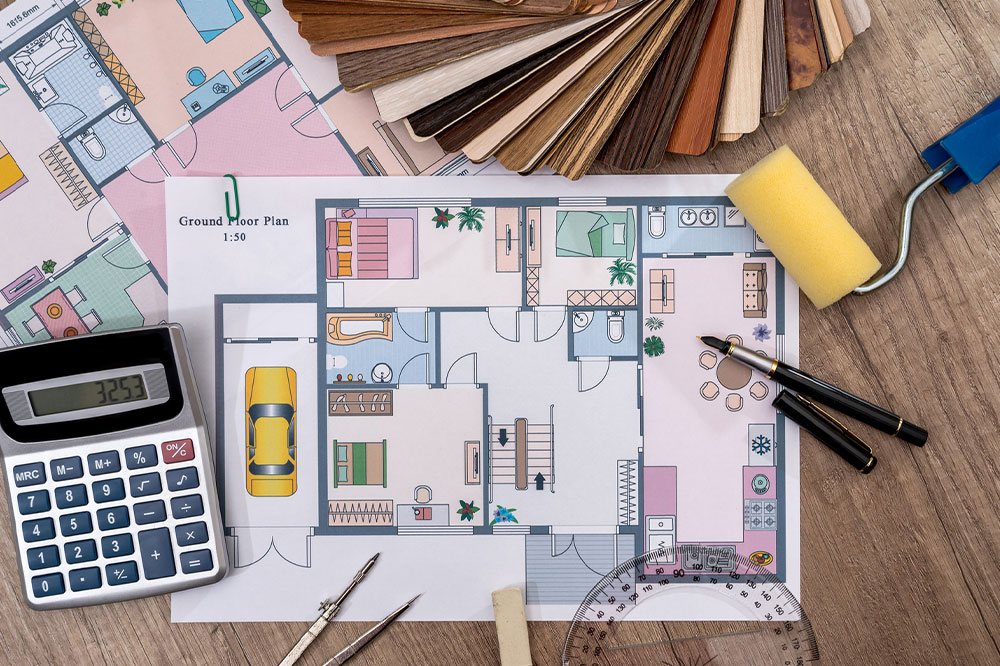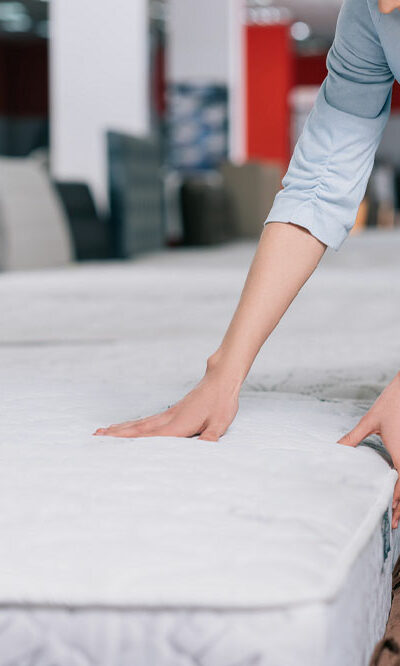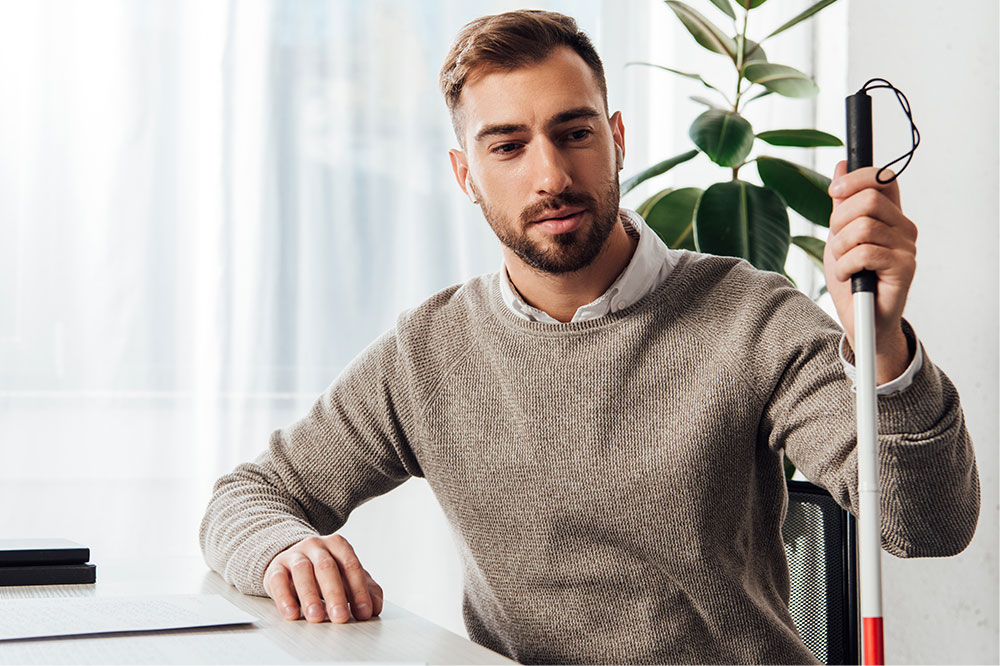Sources of Clutter and Easy Home Improvement Hacks

Feasible home improvement helps you make the most of your living space without incurring heavy expenses. There are countless ways to upgrade your home creatively, from organizing your closet to creating more storage space. With just a few home improvement hacks, you can make your space more comfortable and enjoyable. But first, a little cleanup might make room for modifications and give you a clear picture of how to utilize the space.
Sources of clutter
A cluttered home can be overwhelming, making it difficult to relax and enjoy your living space. Even if your space is technically tidy, certain practices and decor items can contribute to the clutter, making the home look messier than it is. From piles of paper to unwashed dishes, it is essential to identify and address these problem areas and maintain a clean and organized space. Whether you’re preparing for guests or simply looking to create a more peaceful living environment, here are a few things that can make your home look messy:
Unorganized surfaces
Desks, dressers, and countertops can easily become cluttered with paper, books, food, and toiletries. Clutter is one of the most common causes of a messy-looking home. When a room is filled with items that do not have a designated storage space, it can look cluttered. Some common reasons for clutter include piles of mail, magazines, toys, clothes, and collectibles. To reduce clutter in your space, you must invest in storage solutions such as shelves, cabinets, or baskets to keep everything tucked away and organized.
Dust
Dust can accumulate quickly, especially in areas such as living rooms or bedrooms, and make surfaces look unkempt. However, a key home improvement and cleanup measure is to regularly wipe your furniture, such as tables, shelves, and countertops. By dusting and wiping down surfaces that are dust magnets, you can create a more pleasant and inviting environment for yourself and your guests.
Pet hair
Pets are wonderful companions, but they can also be a major source of a mess in a home. Pet hair can accumulate on furniture, decor items, and floors, making the space look dirty. So, it is essential to regularly vacuum or sweep to keep pet hair in check. Additionally, investing in a lint roller can be useful in removing pet hair from fabric and upholstery.
Dirty dishes
A pile of dirty dishes in the sink or on countertops can quickly make the kitchen or the adjacent dining area look messy. A cleanup tip would be to wash the dishes after each use or utilize the dishwasher to discretely clean dirty utensils.
Unmade beds
An unmade bed can make the entire room look disheveled. So, make it a rule for all the members of the household to make their bed each morning.
Home improvement hacks
If you are looking to upgrade your home aesthetics without spending too much or undergoing a massive renovation project, some home improvement hacks can help you achieve a fresh, updated look. From simple paint updates to decor swaps, the following hacks can greatly upgrade your space with minimal investment. So, here are six easy home improvement hacks that can help improve the look and functionality of your home:
Repaint walls
A fresh coat of paint can enhance the look and feel of a room. It also covers up scuffs and stains to give the room a cleaner appearance. When choosing paint colors, consider opting for lighter, neutral tones to make your room feel brighter and more spacious.
Update hardware
Getting rid of old doorknobs, drawer pulls, and cabinet handles and installing new ones can instantly transform the look of the space.
Add shelves
Shelves are one of the effective home improvement hacks that help provide additional storage space and make a room look more organized. You can get pre-made shelves from a hardware store or make your own using wood or metal brackets and shelf boards.
Get repairs
In addition to these easy fixes, getting a few essential repairs can improve the functionality of the systems installed in your home. For instance, you should address any foundation problems by contacting foundation repair experts like AFS and Olshan. Strengthening the structural integrity of your home is crucial to avoid hazards in the future. Foundation repair experts can look for issues such as uneven flooring and cracks in the walls and fix the underlying cause. Another issue that can damage the foundation is a clogged gutter leading to inadequate drainage. Fortunately, you can easily find tools, like the brush guards offered by GutterBrush, to keep the gutters clog-free. Leaf filters can ensure that debris like twigs, leaves, and pine needles do not hinder the water flow.
Upgrade lighting
You can consider replacing old light fixtures with new ones that provide better illumination and match the style of the room. You can make energy-efficient home improvements that save you money on utility bills. This includes getting LED lighting or switching to solar-powered energy. These home improvements can not only make the space look brighter, but they can also reduce your carbon footprint.
Install a backsplash
A backsplash can be a stylish and functional addition to a kitchen or bathroom. It can protect walls from splatters and spills while adding visual interest to the space. Backsplashes, including those made with tile, glass, and stainless steel, can be a great addition to your home.
Organize closets
Organizing a closet can improve its functionality and make finding things easier. Adding shelves, baskets, and hanging organizers can maximize space and make keeping everything in its place easier.
Additionally, Whether you use clever storage solutions, repurpose items, or add a fresh coat of paint, there are many simple and affordable ways to make your home more comfortable and stylish. Further, these cleanup and home improvement hacks can be a fun and rewarding way to exercise creativity and problem-solving skills.






